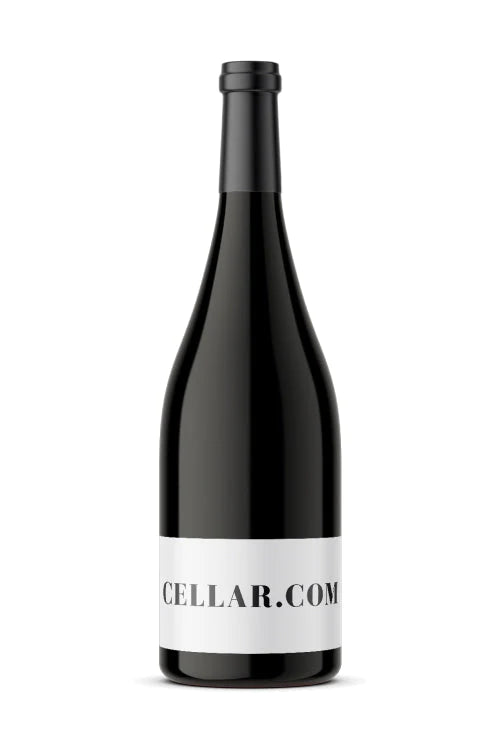Walnut City Pinot Noir Old Vines Select Reserve - 2021 (750ml)
Walnut City Pinot Noir Old Vines Select Reserve - 2021 (750ml)
This reserve bottling is made from three sites: La Colina, La Cantera, and Carlton Hill, each representing a major soil type of the Willamette Valley; Jory, Laurelwood and Willakenzie respectively. All of the fruit was dry-farmed and certified Salmon-Safe. Fermented only with native yeasts, utilizing 20% whole clusters (stems) which adds a spicy depth and a bit more tannic structure to the finished wine. It was aged for 11 months in French oak barrels and rested in stainless steel tanks for a further 6 months prior to bottling.
The aromas are well composed with both red and purple fruit, with a slightly peppery undertone, some brushy wild herb/scrub and very fine silky tannins which have a long persistent finish.
$25 Shipping on Orders +$299
Couldn't load pickup availability
Share :

- varietal
- Region
- Type
- Reviews


